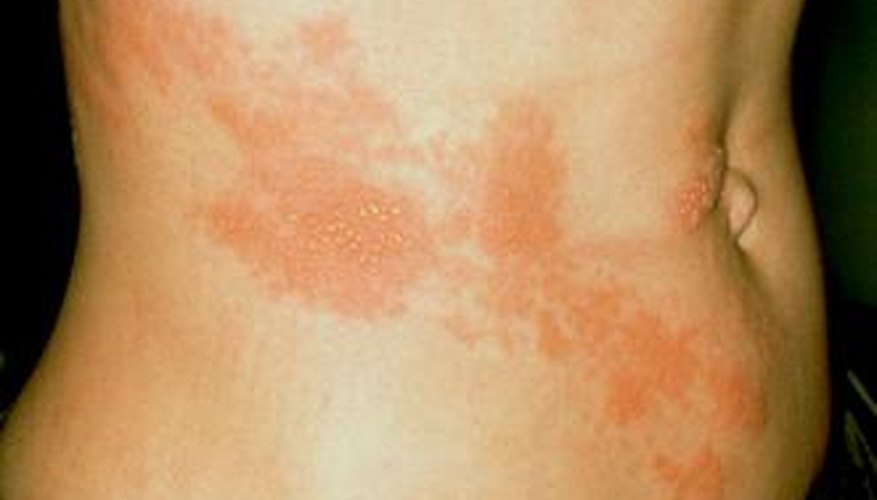Herpes zoster, commonly known as shingles, is a skin condition that results when the childhood chickenpox virus reoccurs in adults. Shingles are red blisters that itch and cause pain. The affected area of shingles is rather small in comparison to chickenpox, which appears all over the body. Shingles usually runs along a nerve on only one side of the body.
Prodromal Stage
The prodromal stage is the first and most common stage of shingles. During this stage, you may experience burning or numbness of the skin and discomfort in the back and chest. Flu-like symptoms may also appear, including upset stomach, sweating, diarrhoea and fever. During this stage, many affected people confuse shingles with some other illness.
- The prodromal stage is the first and most common stage of shingles.
- During this stage, you may experience burning or numbness of the skin and discomfort in the back and chest.
Active Stage
It is in this stage that a rash starts to appear. Blisters develop along the path of the nerve, but only on the left or right side. There will be fluid inside the blisters that will go from clear to clouded. The blisters may eventually open and ooze liquid. The blisters should heal over within a week. The rash should go away and heal within two to four weeks.
- It is in this stage that a rash starts to appear.
- The rash should go away and heal within two to four weeks.
Postherpetic Neuralgia
Postherpetic neuralgia lasts anywhere from 30 days to a year. The symptoms of this stage include pain, redness, itchiness and sensitive skin. This stage is the often the most painful for people.
Shingles Symptoms
The most common additional symptoms of shingles include fever, headaches, chills, swollen lymph nodes, sensitive skin and upset stomach. These symptoms are very common with those of other illnesses, which is why shingles is easily mistaken for something else.
Treatment and Prevention
There is no absolute cure for shingles, but there are ways to lessen the pain and duration of an outbreak. These include antiviral medicines such as acyclovir or valacyclovir; over-the-counter analgesics such as aspirin or ibuprofen; and anti-itch creams and Zostrix cream.
